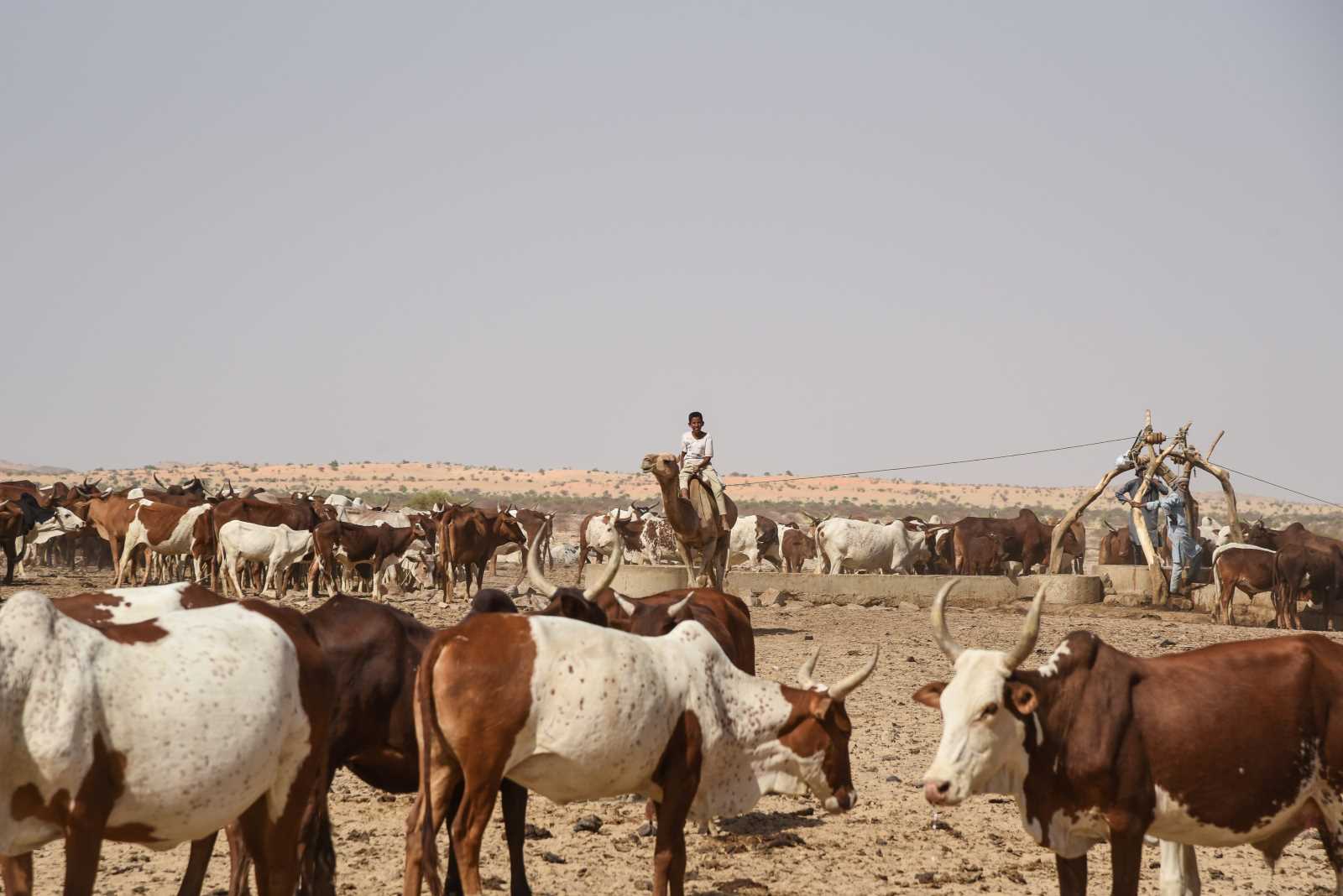Perspectives
War and chaos in the Middle East

In the eyes of former Al Jazeera correspondent Aktham Suliman, the First Iraq War in the early 1990s marked the outbreak of the “Third World War”. Unlike the First and Second World Wars, however, the main theatre of hostilities is the Middle East, so the war was never considered to be global by many in the west. The situation was made more complicated by the fact that prolonged fighting took place – and still takes place today – on diverse fronts for diverse reasons.
The author traces a line connecting the First Iraq War of 1991 with the 9/11 attacks, the Second Iraq War from 2003 on, the Arab Spring and ISIS terrorism. He contends that the First Iraq War sowed the seeds for many subsequent events that affected the Arab and Islamic regions as well as the west. He cites both the Second Iraq War and the Arab Spring uprisings as examples.
In the First Iraq War, around 700,000 soldiers from more than 30 countries fought for the US-led anti-Iraq coalition. Within weeks, US fighter aircraft had dropped more bombs than during the entire Second World War, destroying not only military facilities, but also industrial installations and civilian infrastructures, including power and water supply and transport links. Media coverage was sensationalised by live broadcasts beamed around the world.
The author argues that this “stone age strategy” towards Iraq and the rising toll of civilian casualties transformed the Arab world’s view of the west. He writes of a growing perception that the west had destroyed Iraq in order to show the Arab world as a whole who called the shots when it came to asserting political and economic interests in the Middle East.
Suliman argues that the way western societies responded to the terrorist attacks of 11 September 2001 reinforced the negative impression in predominantly Muslim countries. There was not only collective mourning, but calls for revenge. In very short time, Muslims were generally under suspicion. Practically overnight, the nationality of more than a billion people in the world – Arabs and non-Arabs – suddenly did not matter anymore: “In the eyes of western media, politicians and societies, Syrians, Egyptians, Turks, Pakistanis, Iranians, Senegalese and many others suddenly mutated into just Muslims.” As a result of such abrupt rejection, many Muslims acquired a new and deeper Islamic identity, the author writes, with prejudice fuelling prejudice on both sides.
The author argues that the past quarter of a century gave rise to a new ideological orientation. The Arab Left lost its ideological support when the Soviet Union collapsed, and Arab nationalism withered in the wake of the First Iraq War. Suliman speaks of a virtual dearth of ideology and argues that the vacuum it left in the Middle East made possible the rise of Islamism as an ersatz ideology. Since Wahhabis, Muslim Brothers and Shias promote quite different versions of Islamism, however, this world view is incoherent.
Suliman stresses that he does not wish to play down inter-Arab conflicts; nor does he seek to bash the west for its misdeeds and mistakes. Nevertheless, without the west’s influence, the Middle East would not have become what it is today. The author believes that media images of war and linguistic trivialisation of military force in the west helped give rise to contra-groups like ISIS in the Middle East.
The journalist deliberately speaks in his book of “an” not “the” Arabian view because he does not claim to speak for the more than 400 million Arabs living in the Middle East and abroad. He appreciates there is always a range of opinion about every situation. It is obvious, moreover, that various Islamist forces are fighting one another in the region’s various conflicts.
Reference
Suliman, A., 2017: Krieg und Chaos in Nahost – eine arabische Sicht. (War and chaos in the Middle East – an Arabian view). Frankfurt: Nomen Verlag.












